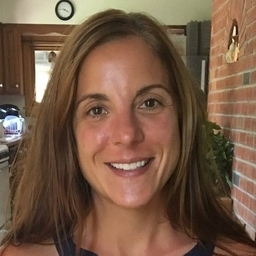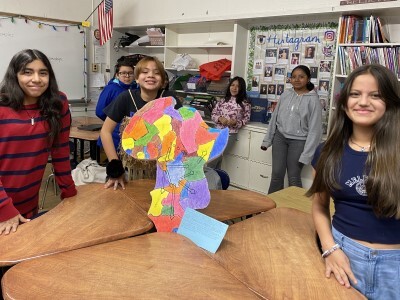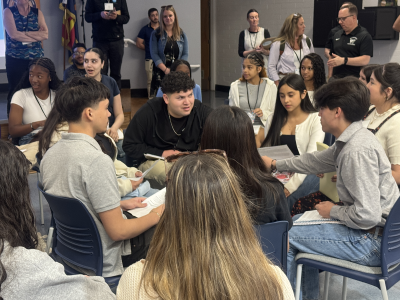K-12 Roundup of Tools and Resources: CityBridge Foundation Summer Design Institute
Topics
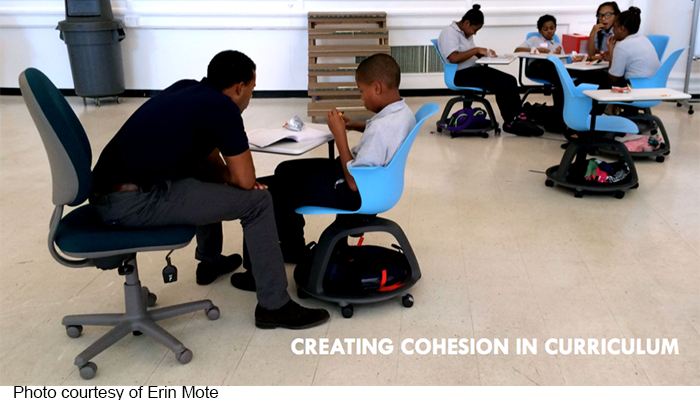
Educators are the lead learners in schools. If they are to enable powerful, authentic, deep learning among their students, they need to live that kind of learning and professional culture themselves. When everyone is part of that experiential through-line, that’s when next generation learning thrives.
Practitioner's Guide to Next Gen Learning
At the Breakthrough Schools: D.C. Summer Design Institute, school teams spent their time together learning from and with each other as they pushed their thinking and dove into next steps of next gen school model design.
Recently, I joined 13 Breakthrough Schools: DC (BTSDC) school teams who spent two days at the BTSDC Summer Design Institute. The teams spent their time together learning from and with each other as they pushed their thinking and dove into next steps of next gen school model design. These school teams represent the Cycle 1 Planning grantees and the Pilot Cycle Planning grantees supported by CityBridge Foundation—funder and designer of the institute—as part of the NGLC Regional Funds for Breakthrough Schools.
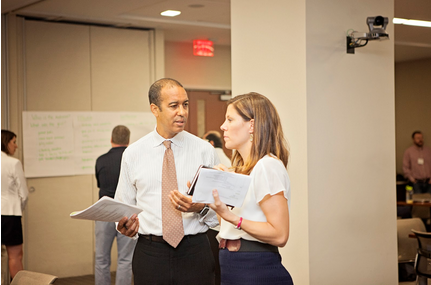
Margaret Angell, Director of CityBridge’s Education Innovation Portfolio, and Steve Bumbaugh, Manager of BTSDC, envision the development of a cohort of learners as one key outcome of the BTSDC work.
The goal of Breakthrough Schools: D.C. is to create an ecosystem of next generation schools in Washington that personalize learning for students. We want to catalyze the creation of a hub of education innovation and a community learners here in D.C.
–Margaret Angell, CityBridge Foundation
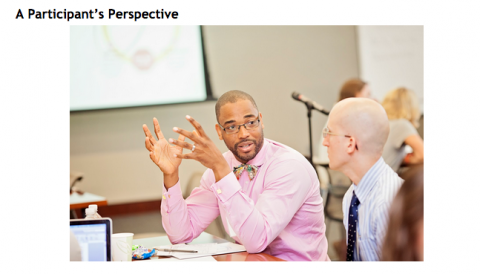
Meet Dwight Davis, Assistant Principal from Wheatley Education Campus in the Trinidad neighborhood of Washington, D.C. He was one of the participants in the Summer Design Institute. Wheatley Education Campus is a district school serving students in grades PK-8. Wheatley Education Campus is focused on fully integrating a competency-based learning model through blended learning—via station-rotations and flexible lab stations—and personalization through a combination of small group and one-on-one instruction in a digital environment. This approach is being implemented fully in grades 6-8; the model will scale year by year to include grades 3-8. Dwight and the team from Wheatley Education Campus came to the Summer Design Institute with specific goals, which Dwight articulates in this video:
Solving Problems of Practice Together
Todd Kern from 2Revolutions, an educational design firm that supports the launching of new school models and catalyzes the conditions for the models to thrive, helped facilitate the learning and work of the 13 BTSDC teams at the institute. Prior to defining their greatest problem of practice, school teams watched the video, Man, by Steve Cutts and engaged in an activity called Designing to Save the World to get the creative juices flowing. This activity readied teams to engage in collaborative problem solving around each model’s greatest challenges.
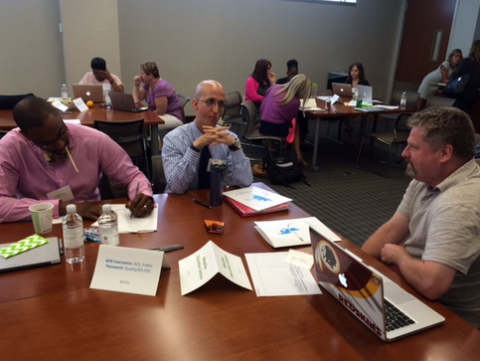
Dwight Davis, Nathan Warner, and Scott Cartland from Wheatley Education Campus define their greatest problem of practice.
After defining their problem of practice, key challenges related to that problem, and a brief explanation of what’s been tried to date, each school team partnered with another team to offer new perspectives and ideas on solutions.
We, in this room, are operating from a learning orientation and building a D.C. education ecosystem. In this work, it's not that you get your model right... it's how quickly you learn. There is no magic solution that is going to suddenly make everything work, but it's really about taking the risk and giving yourselves permission to fail.
–Todd Kern, 2Revolutions
And learn they did! The 13 school teams had access to a network of thought-leaders and experts over the two days including Erin Mote of Brooklyn Lab School and Nichole Husa from Cornerstone Charter Schools.
Seven Lessons in One Year
At the institute, Erin Mote, co-founder of Brooklyn Lab School, shared seven lessons learned from her school’s first year. A year in which Brooklyn Lab achieved amazing results in student outcomes as measured by the NWEA MAP assessment: in math, 2.1 average years of growth and in reading, 3.2 average years of growth. Erin’s reflections were energetic, honest, and bold and Erin explained that they learned by making bold moves, reflecting on those moves, and making adjustments based on evidence from student learning outcomes.
Lesson 1: Be humble.
Lesson 2: The learning environment should embrace joy and rigor.
Lesson 3: New models of human capital demand new leadership competencies.
Know what you are good at, know what you're not good at, know what you like but everyone else thinks you suck at, and hire for everything else...
–Erin Mote
Lesson 4: Tackle mobile literacy vs. digital literacy.
Lesson 5: Admit when you are wrong.
Lesson 6: Learn from your data and adjust based on outcomes. Fight for your scholars!
Lesson 7: Data is useless unless it enhances teaching and learning.
The deck of slides from Erin’s presentation at CityBridge’s Summer Design Institute offers even more information.
Lessons to Extend the Learning
Another guest expert to join the institute, Nichole Husa, personalized learning officer at Cornerstone Charter Schools, shared trends, thoughts, and best practices on personalizing professional development for teachers. Here are highlights from her session:
What we know about learning:
- The trajectory of education is blended and personalized learning
- Students have an innate desire for agency
- We are moving at a hurried pace to implement these programs to impact student achievement
- Personalizing makes sense
But for whom?
- We are going so fast, implementing so quickly, that we are forgetting about the teachers
- Everyone deserves a personalized learning environment because everyone needs to be able to think critically
The vision for personalized learning must include our teachers. Teachers who are developed using a personalized structure of learning:
- Internalize the model because they live it
- Take ownership of their results
- Reflect upon their practices
- No longer view professional development as a four-letter word
Truly Tailored PD
- As relationships with teachers grow, tailored PD can be delivered and designed:
- On Demand: As questions arise during coaching or observing, provide PD in the moment. This is often the most effective method.
- Cohorts: Consider designing sessions for those who share similar strengths and weaknesses against your established criteria.
- 1:1: Be available to tailor personalized sessions for one teacher if necessary.
Access Nichole’s deck of slides.
A Participant’s Closing Thoughts
Dwight and his colleagues are grateful to CityBridge and Breakthrough Schools: D.C. for supporting his professional growth and the development of a community of learners. The cohort approach, leaning on the wisdom in the room and learning from colleagues like Nichole and Erin who are leading the work in breakthrough models, is alive and thriving in D.C. In this video, Dwight reflects on the Summer Design Institute experience.
Read more about the CityBridge event in the post, Telling Your Story at CityBridge's Summer Design Institute.

